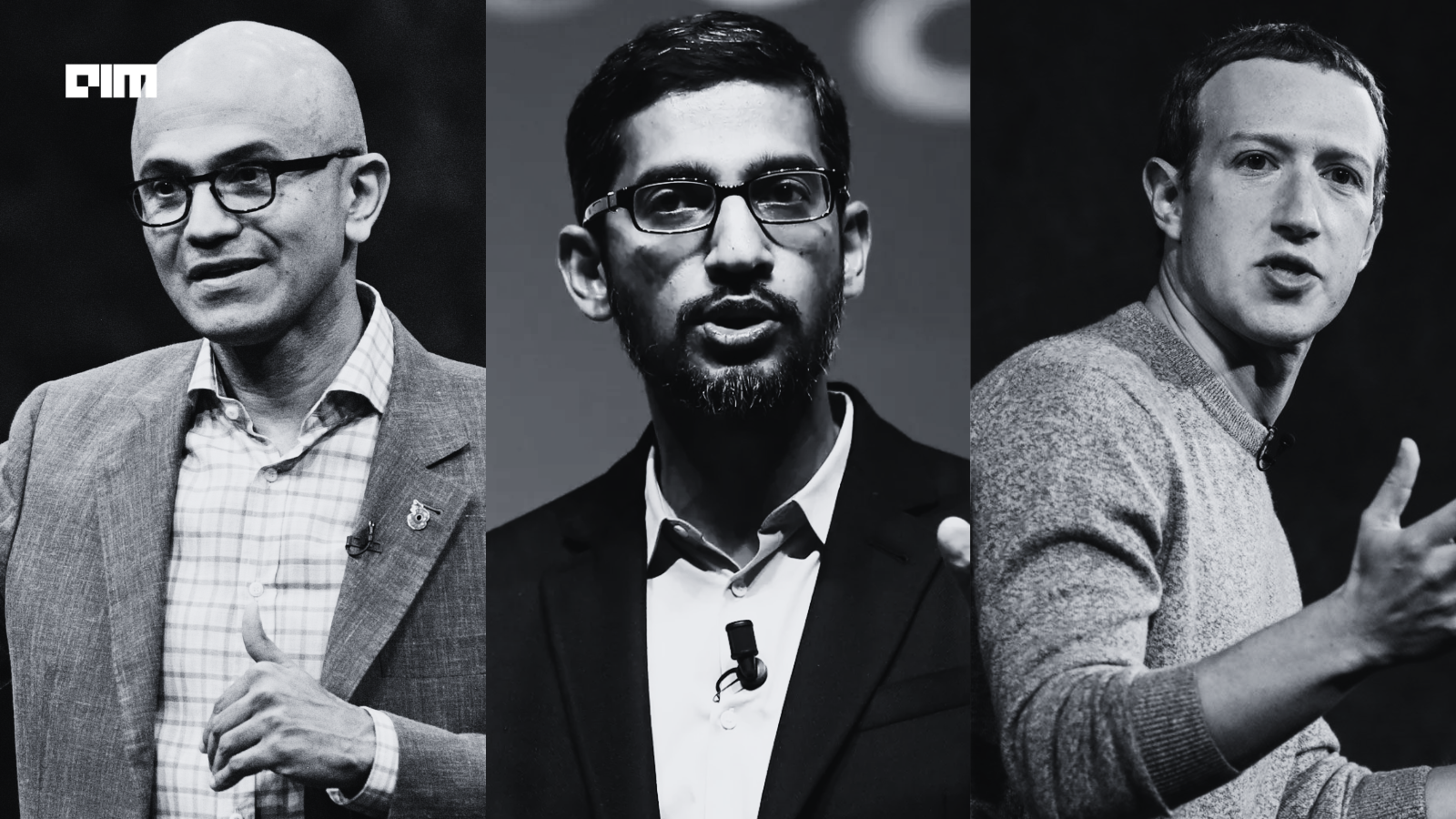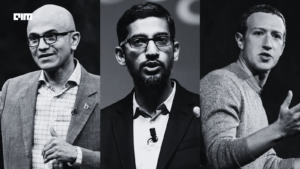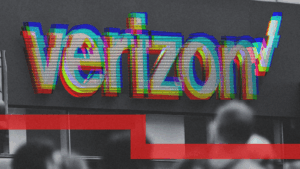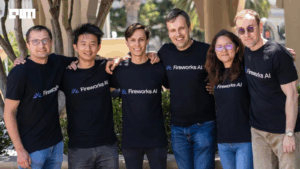Estimated reading time: 5 minutes
Three tech giants, Microsoft, Google, and Meta, just reported earnings this week, and all told the same story.
AI is driving growth. AI is expensive. And that expense is starting to show up everywhere.
Key Takeaways
- Microsoft, Google, and Meta reported strong earnings driven by AI, but also significant capital expenditures, reflecting the costs of AI infrastructure.
- Microsoft’s capital spending reached $34.9 billion, while Alphabet forecasted $91-93 billion for 2025, signaling ongoing investment in AI.
- The global AI infrastructure investment could hit $200 billion annually by 2027, primarily for cloud hardware, energy, and chips.
- These tech giants face rising costs and flat margins as they scale AI capabilities, with Wall Street questioning the timing of the returns on these investments.
- The physical reality of AI is evident in energy consumption; data centers are projected to consume increasing amounts of electricity, prompting a re-evaluation of infrastructure plans.
Microsoft said revenue for the quarter hit $77.7 billion, up 18% year over year. Azure grew around 40%, beating expectations. But the standout number was capital spending: $34.9 billion, up 74% from last year. That’s roughly equal to what Microsoft spent on capex in all of 2021. The company said it’s still facing “capacity constraints” as AI demand outpaces its ability to add servers.
Alphabet, Google’s parent, posted its first-ever $100 billion quarter. Search, YouTube, and Cloud all grew double digits. Yet Alphabet also raised its capital expenditure forecast to $91-93 billion for 2025, up from about $52 billion last year. CEO Sundar Pichai called it part of a “multi-year AI transformation.” In other words: there’s more of this spending ahead.
Meta’s results landed the same day. Revenue rose 26% to $51.24 billion, but net income dropped sharply after a $15.9 billion tax-related charge tied to U.S. policy changes. The company also raised its capital spending outlook to $70-72 billion this year and warned 2026 costs will be higher.
Costs Surge, Margins Flatten
For the past year, most of the story around AI has been about speed and scale: how quickly it’s spreading through products and workflows. Now the story is about cost and capacity. AI isn’t light or virtual anymore; it’s heavy infrastructure.
Analysts are starting to map the size of that build-out. Research from Goldman Sachs projects annual AI infrastructure investment could reach $200 billion by 2027, with about half going toward cloud hardware and the rest toward energy, land, and chips.
Microsoft’s quarterly spend alone is larger than the GDP of dozens of countries. Alphabet’s full-year buildout rivals the capital budgets of major utilities. Meta is scaling its AI data centers in Iowa, Utah, and Singapore, with new custom silicon chips for model training.
The AI boom has entered what you could call its industrial phase. Each new model and feature means more physical hardware, more GPUs, more power draw. Analysts at Goldman Sachs estimate that global AI infrastructure investment will reach $200 billion annually by 2027.
That shift is already showing up in financial metrics.
Microsoft’s Intelligent Cloud segment delivered $30.9 billion in revenue this quarter, but operating margins stayed flat as costs rose. Alphabet’s operating income grew only 13% despite a 16% rise in total revenue. Meta’s family of apps is more profitable than ever, but its AI and hardware units are pulling overall margins lower.
Each company is betting that the investment will be worth it and that Copilot, Gemini, and Meta AI will eventually scale to billions of users and enterprise customers. But right now, they’re subsidizing those bets through their existing profit centers: ads, search, and subscriptions.
That creates a tension. Wall Street still believes AI is the future, but it’s starting to ask about timing. Microsoft and Meta both saw their stock prices fall after reporting, even with earnings beats.
A Physical Reality
There’s also a physical reality creeping in.
AI’s limiting factors are still power and chips. A single large data center can consume as much electricity as a mid-sized city. NVIDIA’s data center revenue rose 154% year-over-year last quarter, reflecting that constraint turned into profit. In that sense, the AI economy is becoming a mirror of industrial capitalism: whoever controls energy, hardware, and real estate controls the intelligence supply chain.
That’s why Microsoft is building or expanding data centers in Iowa, Finland, and Saudi Arabia, and Google just announced a $3.2 billion expansion in Singapore. Meta, meanwhile, is investing in its own in-house AI chips, code-named “Artemis,” to reduce reliance on NVIDIA.

The scale of this build-out is also starting to collide with real-world limits. According to the International Energy Agency (IEA), electricity consumption from global data centers could double by 2026, largely driven by AI and cryptocurrency workloads. In the U.S. alone, data centers are projected to consume nearly 260 terawatt-hours of electricity by 2026, up from around 200 TWh in 2022: roughly a 4-5% share of total national power demand. Utilities and regulators are already rethinking grid-expansion plans to accommodate the surge.
All said, the muted reaction from investors this week makes sense.
Everyone still agrees AI is the future. But that future now looks more like an infrastructure business than a software one. For now, the world’s biggest tech companies are still building the foundation.











